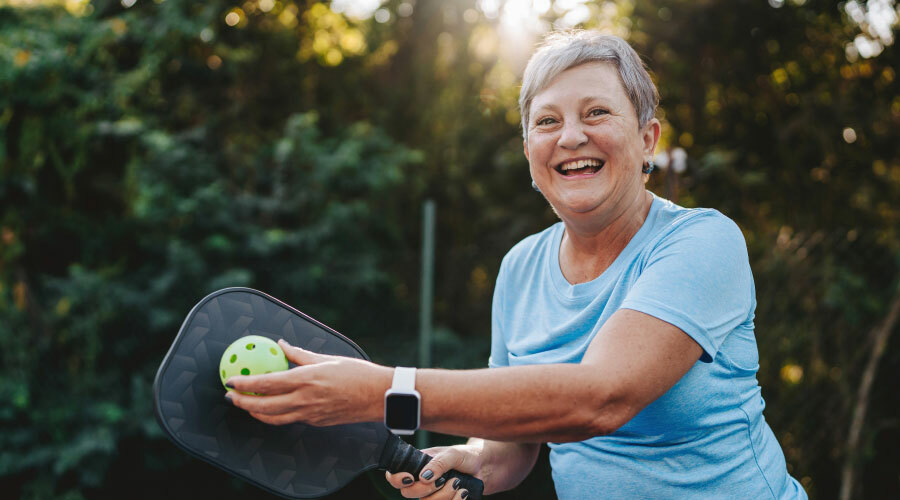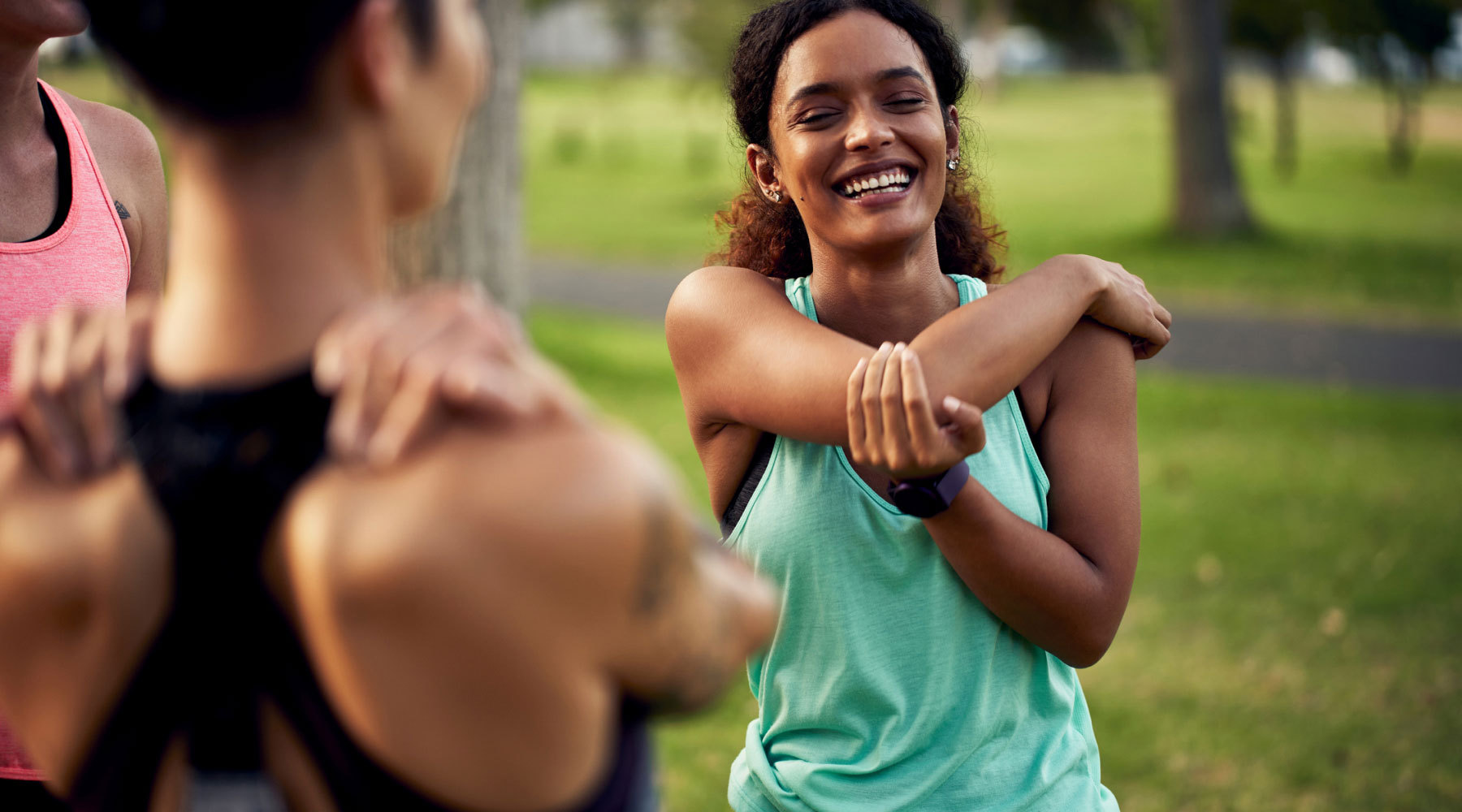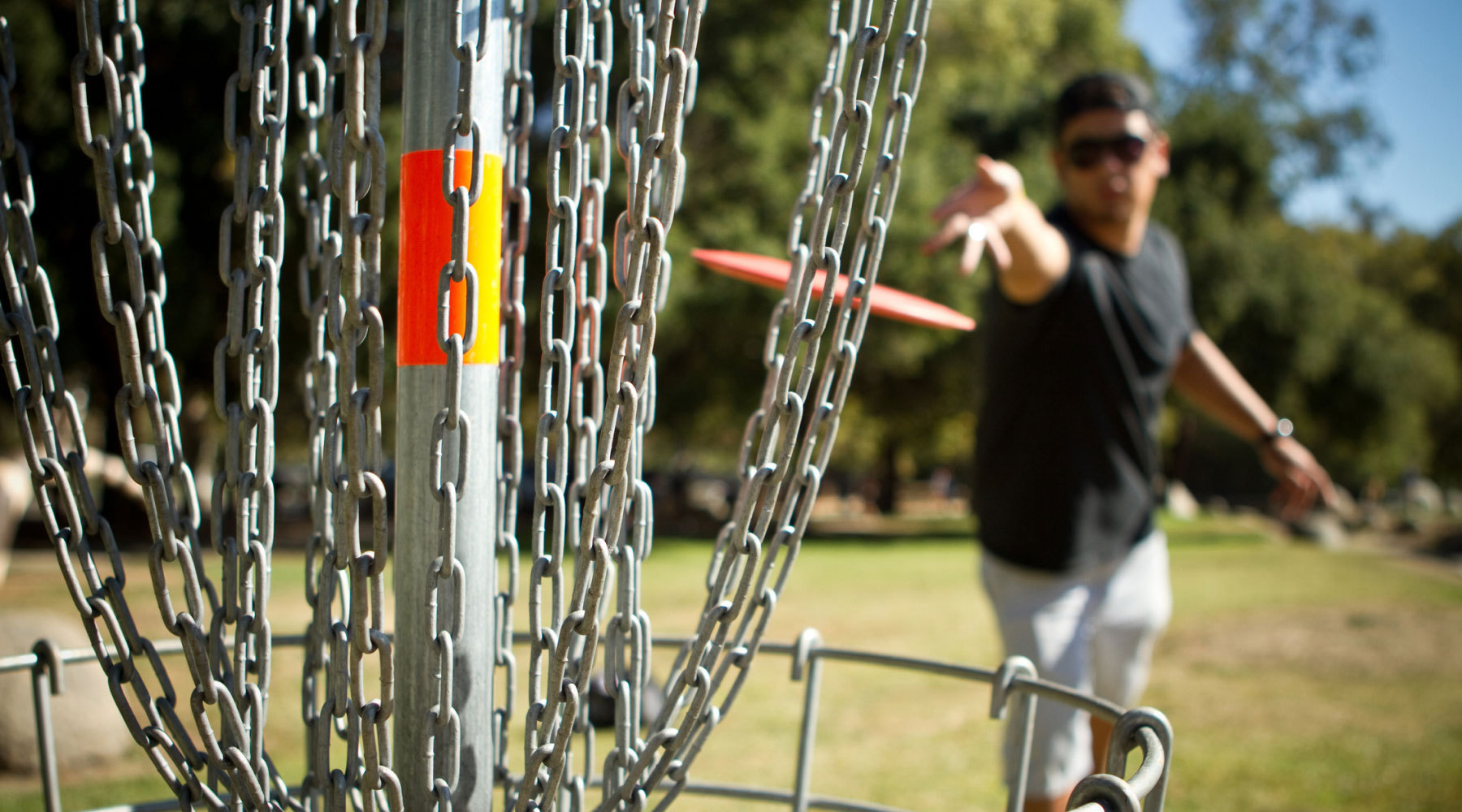Pickleball is one of the fastest-growing sports in the United States, combining elements of tennis, badminton, and ping-pong into a fun, social, and competitive game. But like any physical activity, pickleball comes with the risk of injury. Whether you’re a seasoned player or just picking up a paddle for the first time, staying injury-free is essential to enjoying the game.
At Access Sports Medicine, we’re fortunate to have a passionate team of pickleball enthusiasts, including Chris Wheeler, PA-C. We reached out to our staff to gather their top tips for preventing pickleball injuries, insights into the most common injuries on the court, and effective treatment options. Here’s what we found.

How To Prevent Pickleball Injuries
To help you stay on the court and injury-free, here are some essential tips for preventing pickleball injuries.
1. Warm Up Before Playing
Never skip a warm-up. A 5-10-minute routine that includes light jogging, arm circles, and dynamic stretches can get your blood flowing and muscles ready for action. Focus on warming up your shoulders, wrists, and legs.
2. Incorporate Stretching
Stretching improves flexibility and reduces muscle tension. After warming up, perform static stretches for key muscle groups, such as your hamstrings, calves, shoulders, and forearms. Stretching post-game is just as crucial to aid recovery.
3. Master Proper Technique
Using improper form can increase your risk of injury. For instance, avoid excessive wrist flicking during serves and overhead shots to protect your elbow and shoulder. Take lessons or watch instructional videos to ensure you’re using safe and effective techniques.
4. Wear the Right Gear
Shoes: Opt for court shoes with good lateral support to prevent ankle rolls.
Paddles: Choose a paddle that suits your hand size and grip strength to avoid overuse injuries.
Braces: Consider wearing ankle or knee braces if you have a history of joint issues.
5. Build Strength and Balance
Strength training and balance exercises can make your body more resilient. Focus on building core stability, leg strength, and shoulder endurance to handle the physical demands of pickleball.
6. Know Your Limits
Listen to your body. If you feel pain or fatigue, take a break. Playing through discomfort can turn minor issues into serious injuries.
Common Pickleball Injuries
Pickleball injuries often occur due to overuse, poor technique, or inadequate preparation. Here are some of the most common ones:
Sprained Ankles: Quick lateral movements can put a strain on your ankles, leading to sprains.
Tennis Elbow: Overuse of the arm during play can cause inflammation and pain around the elbow.
Rotator Cuff Strains: Repeated overhead shots can strain shoulder muscles and tendons.
Knee Injuries: Sudden stops, starts, and pivots can lead to strains or tears in knee ligaments.
Achilles Tendonitis: Frequent jumping or abrupt movements can stress the Achilles tendon.
Treatment Options for Pickleball Injuries
Despite your best efforts, injuries can still happen. Here are some common treatment options:
Rest and Ice: For minor sprains or strains, rest the affected area and apply ice to reduce swelling.
Compression and Elevation: Use a compression bandage and keep the injured area elevated to minimize swelling.
Physical Therapy: A physical therapist can help you recover strength, flexibility, and range of motion after an injury.
Over-the-Counter Pain Relief: Nonsteroidal anti-inflammatory drugs (NSAIDs) like ibuprofen can help reduce pain and inflammation.
Braces or Supports: Wearing a brace can stabilize the injured area while it heals.
Consult a Specialist: For more severe injuries, such as torn ligaments or chronic pain, seek advice from an Access Sports Medicine orthopaedic doctor.
Pickleball is an excellent way to stay active and socialize, but safety should always come first. By warming up, stretching, using proper technique, and investing in the right gear, you can reduce your risk of injury and enjoy the game for years to come. And if an injury does occur, our convenient walk-in clinics are here to help you get back on the court quickly and safely.



